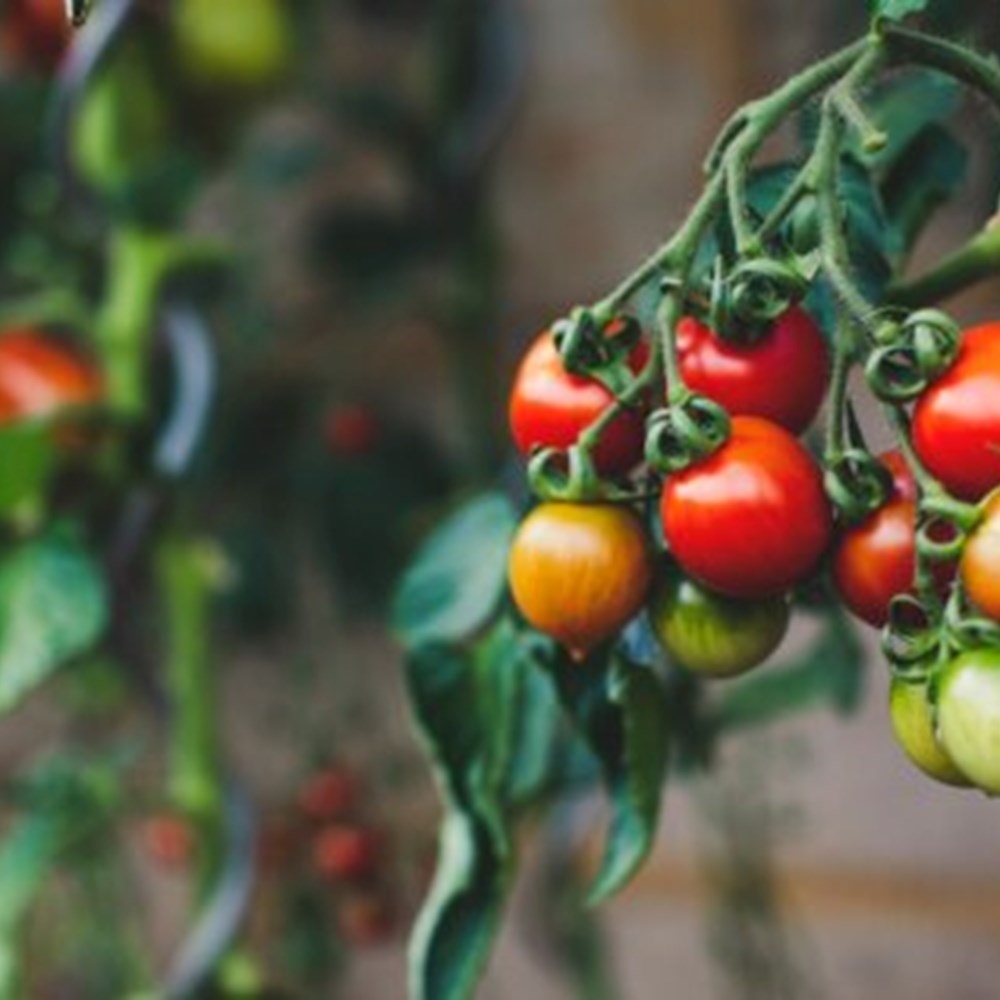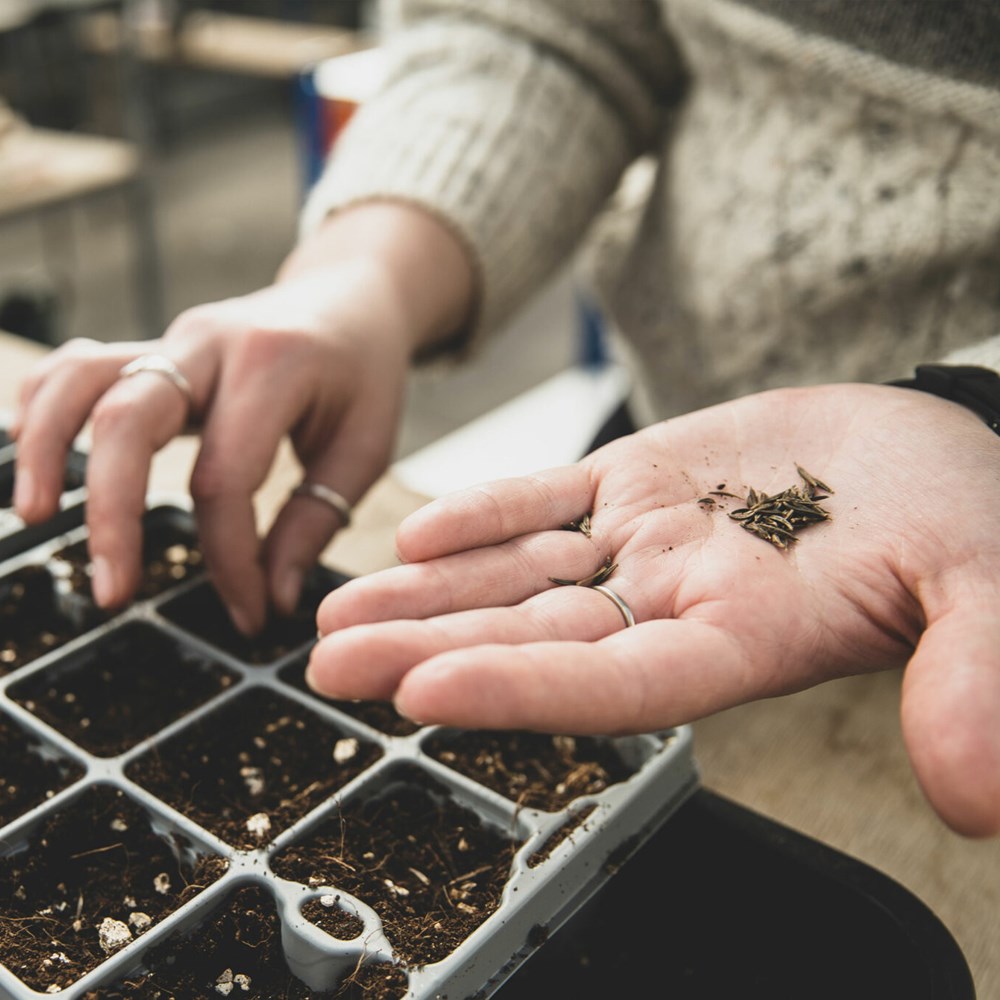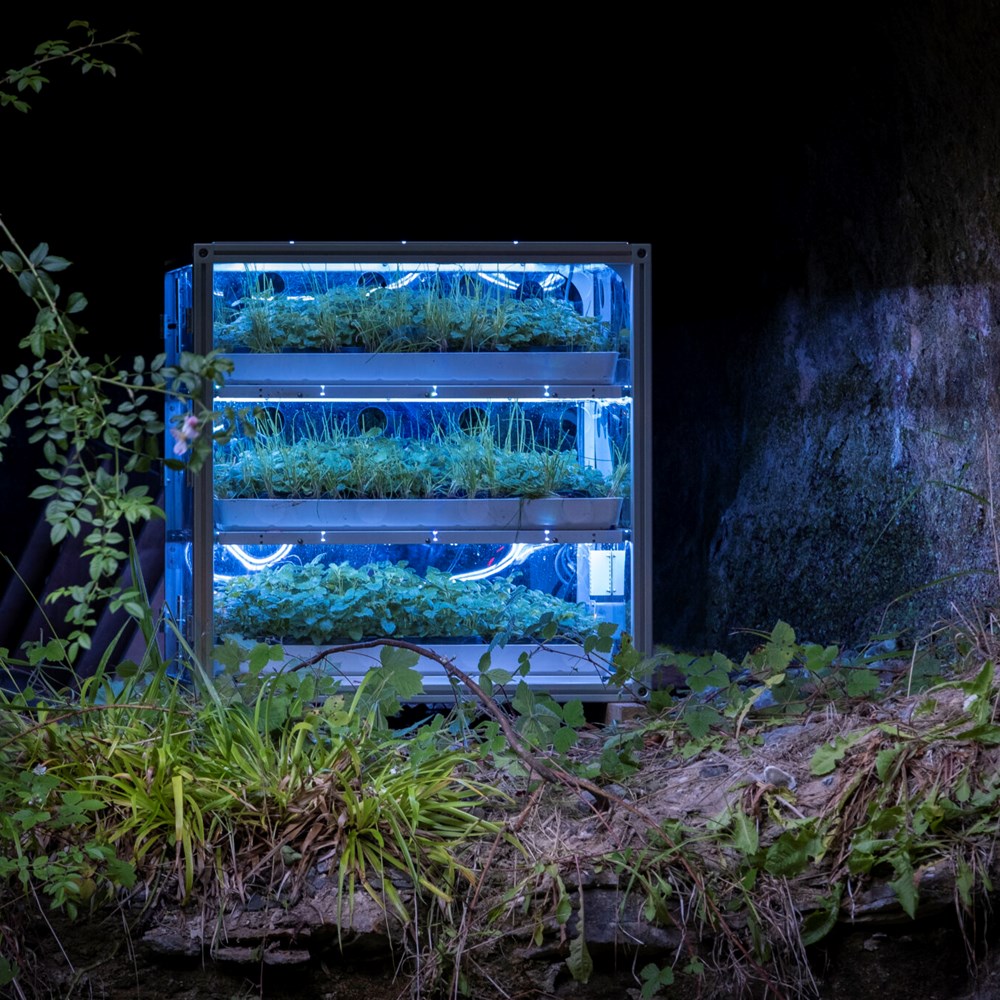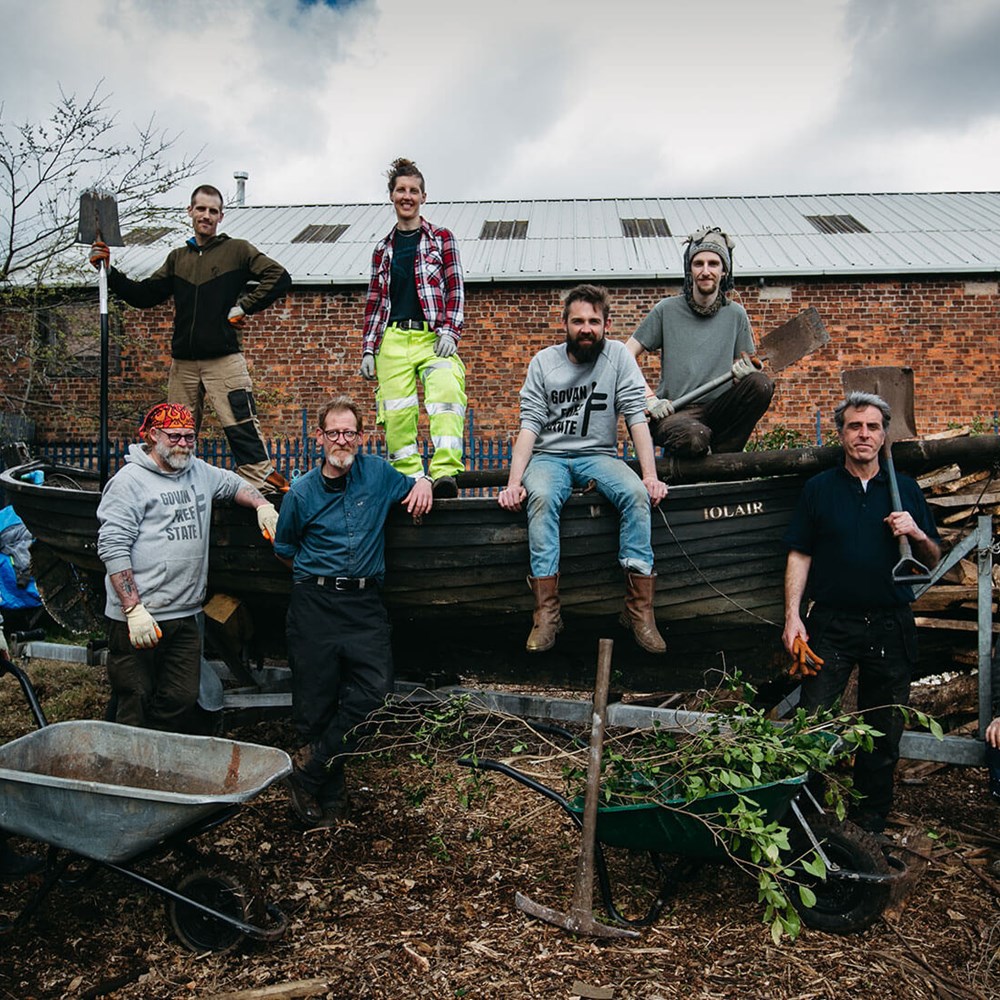Your tomato crop
The height of summer is behind us and if you are lucky you will already have started harvesting your tomato crop. We still have growth and ripening ahead but it’s good to start thinking about helping your plants speed this process at this time of year, to prepare for the seasons changing.

You may already be aware that certain types of tomatoes need the side shoots pinched out (bush varieties don’t need this done); this encourages growth on the main stem which produces most of the tomatoes. Continue pinching out these side shoots and in the process you will notice that the tomatoes will ripen from the bottom of the plant, up. Start removing all leaves and shoots below the ripening truss to encourage airflow and put as much energy as possible into the fruit. You will also eventually want to pinch out the growing tip of the plant so instead of forming new flowers and leaves it concentrates on what it has already produced.
Remember, tomato plants benefit from a liquid feed from the time they start setting fruit. You will know the plant especially needs it if you see any yellowing in the leaves. Even if (like me) you don’t fertilise anything else in the garden, fertilise your tomatoes.
As the weather gets cooler, airflow becomes especially important as botrytis (an airborne mould) thrives in cool, damp conditions. If you see any mould on the plant, remove the affected area as quickly as possible and don’t add any of it to your compost heap.
Tomatoes will happily ripen off the plant; the benefit being that the plant saves the energy it would have put into the ripening process and puts it into the remaining fruit. Ideally let the plant start the ripening process but if frost is predicted it’s best to harvest all remaining fruit and bring it inside. Some might not ripen but much of it will. Keep an eye out for mould (botrytis) at this stage as well as one mouldy tomato can ruin a whole bowl.
Almost inevitably you will have many more tomatoes than you need! I like to fit a big batch on a high sided roasting tray, drizzle a bit of olive oil (add in some cloves of garlic too if you like it) and roast until the skins are starting to brown and the fruit is mushy. The skins will come off easily once they cool and the lot can go straight in a freezer bag until you need to make homegrown roast tomato pasta sauce. A blitz in a blender, some herbs, and reducing until it’s the right consistency and it’s perfect.
By Emily Hairstans
Explore more

Dandelion Resources
Get growing advice, seasonal suggestions and celebrate the joys of looking after plants.

Dandelion Project
With the aim of re-establishing Harvest as an event on the national calendar, Dandelion brought together community development, horticulture, live music, learning, sustainable thinking and innovative arts practice to support the people of Scotland to sow, grow and share together.

Dandelion Events
Dandelion culminated in in over 500 events as part of the largest-ever creative celebration of Harvest staged across Scotland.

Dandelion Results
Dandelion's Unexpected Gardens sprang up all across Scotland and continue on today event after our programme has ended.
